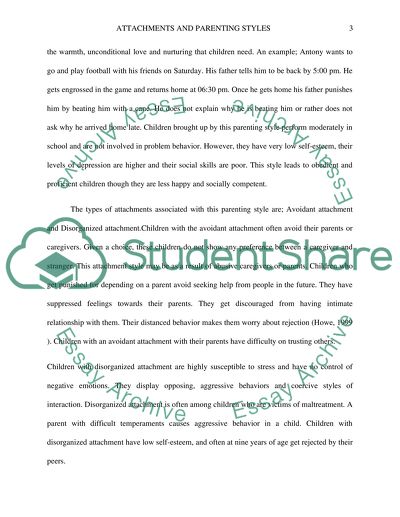Cite this document
(“Attachments and Parenting Styles Term Paper Example | Topics and Well Written Essays - 1000 words”, n.d.)
Attachments and Parenting Styles Term Paper Example | Topics and Well Written Essays - 1000 words. Retrieved from https://studentshare.org/psychology/1453778-attachment-and-parenting-style-see-details
Attachments and Parenting Styles Term Paper Example | Topics and Well Written Essays - 1000 words. Retrieved from https://studentshare.org/psychology/1453778-attachment-and-parenting-style-see-details
(Attachments and Parenting Styles Term Paper Example | Topics and Well Written Essays - 1000 Words)
Attachments and Parenting Styles Term Paper Example | Topics and Well Written Essays - 1000 Words. https://studentshare.org/psychology/1453778-attachment-and-parenting-style-see-details.
Attachments and Parenting Styles Term Paper Example | Topics and Well Written Essays - 1000 Words. https://studentshare.org/psychology/1453778-attachment-and-parenting-style-see-details.
“Attachments and Parenting Styles Term Paper Example | Topics and Well Written Essays - 1000 Words”, n.d. https://studentshare.org/psychology/1453778-attachment-and-parenting-style-see-details.


